The sound of basketballs often reverberates through Laura Luchetti’s class.
“We can’t have gym and art on the same day,” she said, from her room in the basement of the George E. Jack School, directly below the court. “It’s too loud.”
The Standish elementary school, like so many across the state, was built in the 1950s to accommodate the postwar baby boom, but it no longer reflects today’s educational needs. It’s made of wood but lacks sprinklers. It’s not compliant with the Americans With Disabilities Act. Its heating and cooling system leaks. The library and music room are housed in portable classrooms that are still in use years longer than they were built to last.
“The needs have changed, and the functionality of this building has just gone down,” said Clay Gleason, superintendent of School Administrative District 6, which includes Standish.
The good news for this district is that the George E. Jack School ranks high on the state’s priority list to receive funding for new construction and is likely to be replaced soon.
Dozens and dozens more districts from York to Aroostook County will not be as fortunate, even though some might have comparable needs.
More than half of Maine’s schools were built in the ’50s, ’60s and ’70s, according to state officials, and 72 schools still in use were built before 1950. Many are in some state of disrepair or have design issues that make them unsuitable for 21st-century learning.
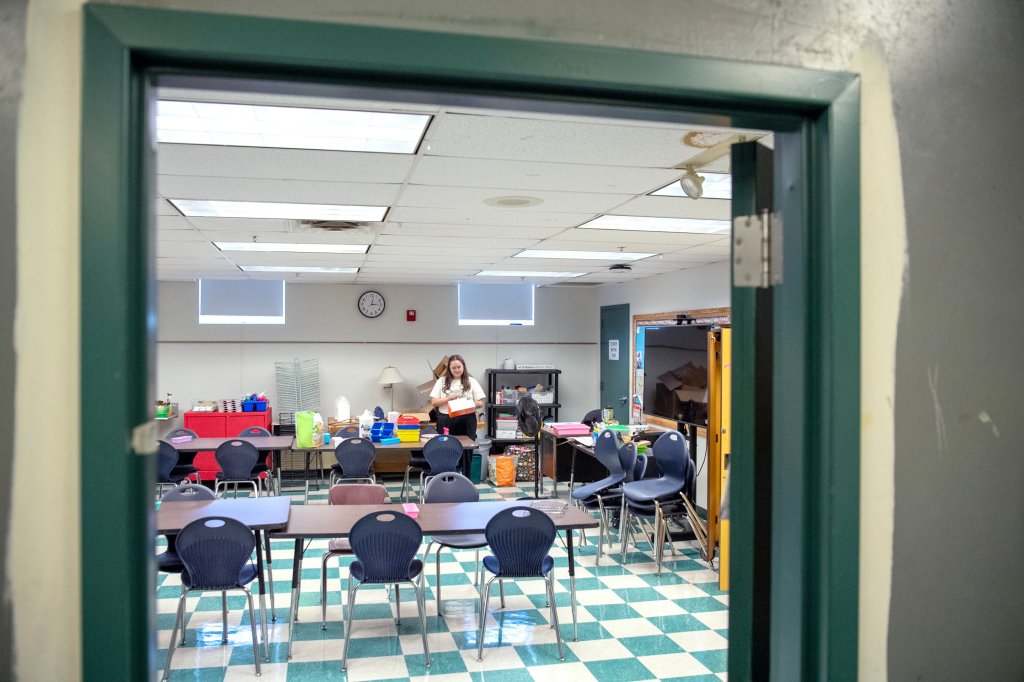
Last fall, Gov. Janet Mills created a Commission on School Construction to assess the problem and come up with solutions. Its preliminary report in April laid out a dire situation: An overwhelming majority of schools — 500 out of 600 — will need replacement in the next 20 years, a cost conservatively estimated at $11 billion.
“Each year, the gap increases between the number of schools in need and those that are either replaced or renovated,” the report reads. “With the current level of funding and methodology, this trend cannot improve. In fact, it will worsen.”
The gap between necessary rebuild projects and available funding continues to grow because neither the state nor most communities have the money to address them. And amid rising construction costs — which have increased sixfold since the state’s funding system was created in the 1990s — and declining student enrollment — a 20% drop statewide since 2001 — it’s not practical to just replace school buildings without mulling consolidation, another often unpleasant option.
Under the current system, districts primarily pay for new schools by applying for the state’s major capital construction program, which ranks projects by priority. During the last seven-year cycle, the state funded only nine of 74 applications. The latest list, released this summer, includes 95. Based on available funding, fewer than 10 will likely be chosen.
Other New England states are grappling with the same problem and haven’t come up with solutions that don’t involve increased spending.
The April report suggests it will take a combination of new revenue and more efficient building processes. A final report is expected by the end of the year.
The Portland Press Herald/Maine Sunday Telegram spoke with officials in five districts across the state about the challenges of getting an aging school replaced in Maine, the degradation that happens as they wait years for state funding, and the delicate decision to ask local taxpayers to fund a project at a time when property taxes have become a burden.
“We’re hoping that the state of Maine is trying to find those funds,” said Joe Fagnant, superintendent of Houlton-based Regional School Unit 29, where an elementary school has been on the priority list for the last two cycles. “There’s no magic money. It comes from somewhere. And that’s the challenge.”
DEFERRED MAINTENANCE
Many issues at the Hancock Grammar School, which serves the town of some 2,500 people, have accumulated over decades.
The school, like many in Maine, was built in sections. The first part of the building was constructed in the 1950s with additions every 20 years or so. Principal Adam Gray said while those patches were well-intentioned, they came at the expense of repairing the aging parts of the school.
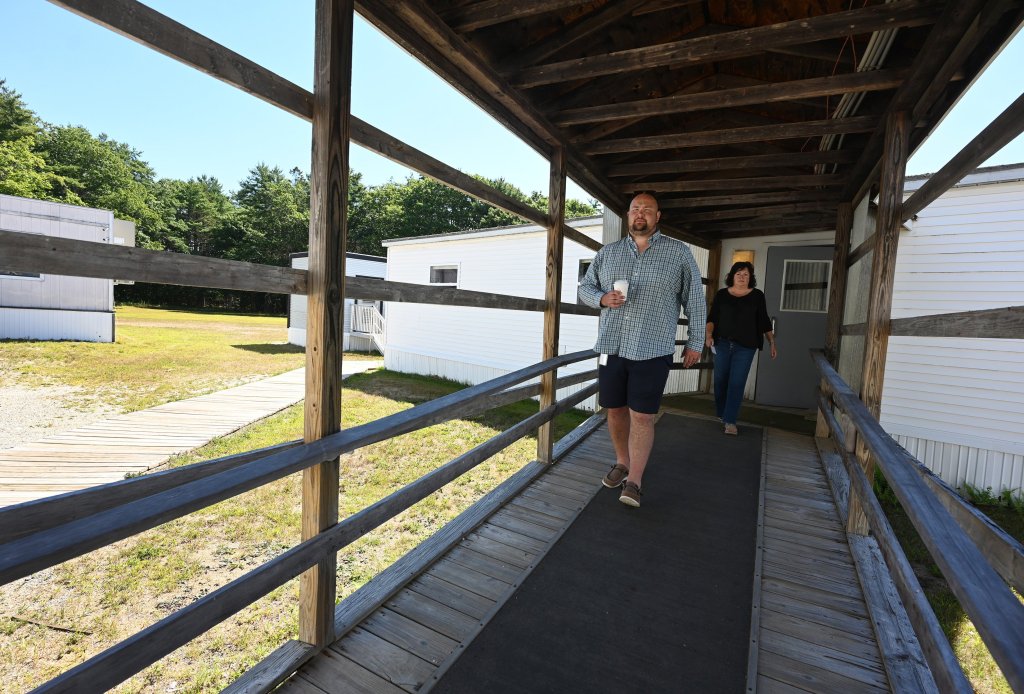
“We invest in repairs, but they’re really expensive because our infrastructure is old. We’ll have a mechanic come in and tell us, ‘They don’t even make stuff like this anymore,’” Gray said.
The school is No. 8 on the state’s priority list, and its facilities are increasingly unable to accommodate a growing student population. Many kids attend all of their classes in portables beside the original building. The gymnasium serves as a classroom, a lunchroom and a performance hall. The district’s superintendent, Ellen Halliday, works out of a portable without running water in the parking lot. There are days when the school’s well runs dry and students can’t run faucets or flush toilets.
Without major renovations, Gray said those issues will compound over time. Once the school falls behind on maintenance, he said, repair costs rise exponentially.
Leaders in all of the districts that are high on the state’s priority list said they’ve held off on major repairs as they wait to see if they’ll get a new state-funded school, and are only making smaller upgrades in the meantime to keep the school safe and functional.
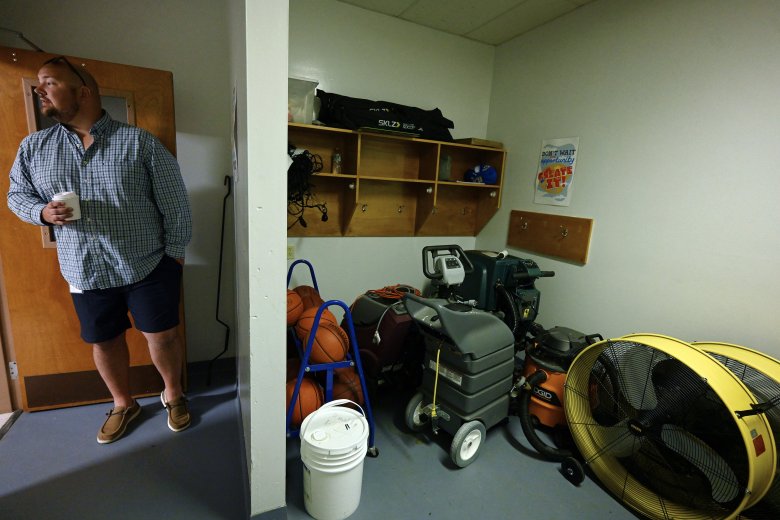
Hancock Grammar has applied for state money in previous years but was ranked lower on the list. And even though it’s in the top 10 now, Halliday knows there’s a chance it still won’t get picked this year.
An entirely new school would be preferable to the cycle Hancock is caught in, but “these towns simply cannot afford it,” she said. “Neither of my communities are particularly wealthy. And it’s not a big enough (tax) base.”
The median household income in Hancock County (just under $70,000) is only slightly below the statewide median, but that’s skewed by some wealthier communities on Mount Desert Island.
“The answer is a big pot of money that nobody has for a school system like this,” she added.
SERVING TODAY’S STUDENTS
The two top schools on the latest priority list were both rendered unusable by fires, making Loranger Memorial School in Old Orchard Beach the “worst” still-operating school building in the state.

Loranger serves students in grades three through eight. It has two wings: one built in 1936, the other in 1968. The district’s facilities director, Kevin Girard, said their problems aren’t necessarily visible to the naked eye, but are about “health and life safety.”
The 60-year-old boiler provides both heating and hot water, so it runs all year, warming the rooms around it even in the summer. In the event of a fire, the stairwells are essentially “chimneys” that would allow flames and smoke to spread rapidly.
The parent pickup system is chaotic, with space for only eight cars at a time. The school still has a trash incinerator below the cafeteria, although it hasn’t been used since 2008. A lower level has been converted to storage because it has no fire exits. The two main levels are only ADA accessible from the outside, meaning a student in a wheelchair would need to exit the building to change floors.
“I have to have at least one of every grade level teacher up here,” Principal Matt Foster said from the school’s upper level, “so that if a student is not ambulatory, they can access class up here.”
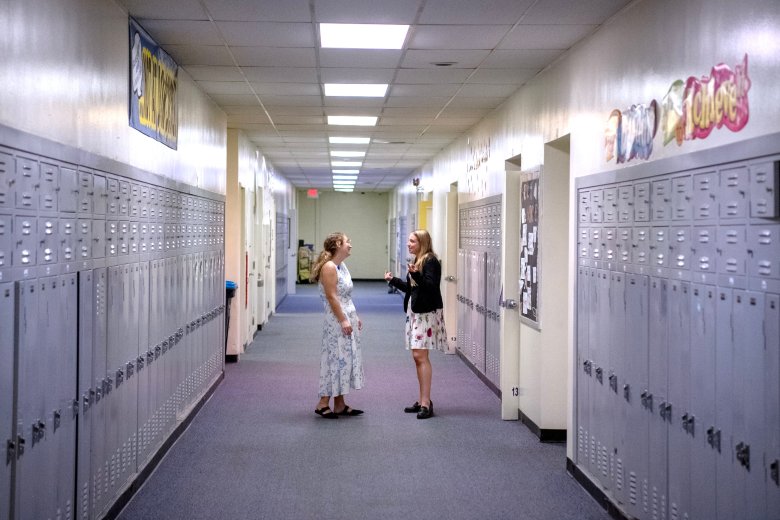
Safety and accessibility are among the biggest concerns of other top-ranked schools. Many of their current building designs are now considered dangerous in the event of a school shooting, and too small to properly serve the growing population of students with special needs.
Houlton Elementary School, which is sixth on the state priority list, was built in 1971 — a time when Fagnant, the superintendent, said open-concept designs without classroom walls were popular. Walls were added in the 1980s, creating a hodgepodge building with airflow issues.
Fagnant said the building lacks other modern features, like a double-entry system with a check-in office. The boilers and air conditioning are original and inefficient.
Rebuilding the school would also be an opportunity to address community needs outside of the curriculum, he said, like health care, social services or workforce development, in a section of the building that parents could also access.
“We are hoping that the design will eventually be a community space, where a family could walk in and not only drop off their child, but then have other items in place right there,” he said.
RISING COSTS AND LONG WAITS
Many of Maine’s current school buildings were built cheaply during the postwar economic boom after a 1957 law called the Sinclair Act consolidated many small school districts. Now, they’re reaching the ends of their useful lives at an inopportune time.
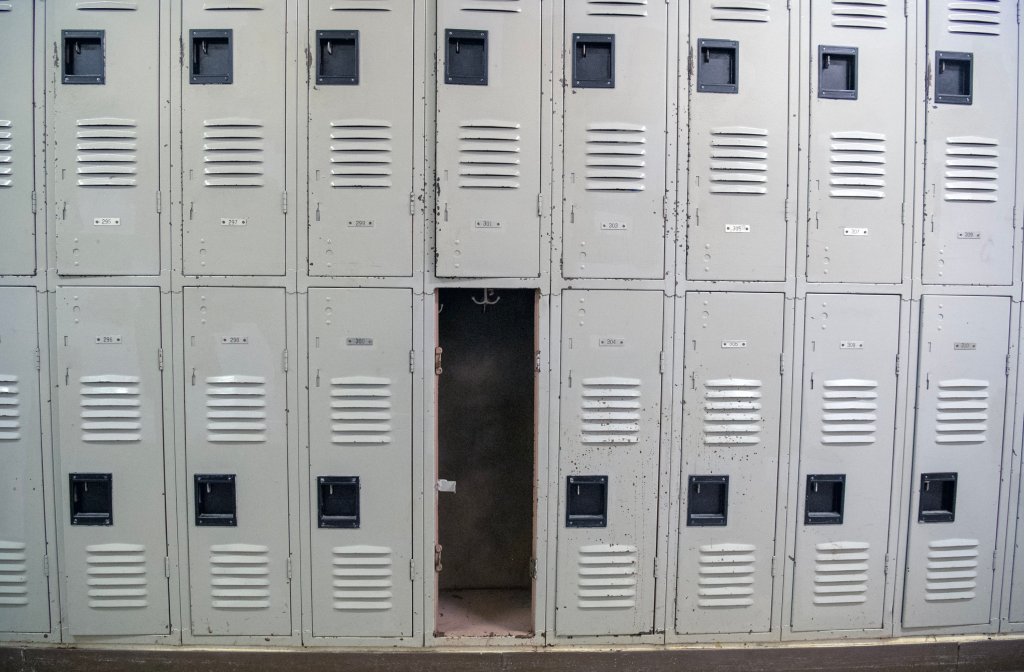
“You have this clash of declining enrollments, increased construction costs, lack of teachers, increased taxes,” said Scott Brown, director of facilities for the Maine Department of Education. “It’s a difficult scenario.”
Brown said the current major construction system was created about 30 years ago. In the 1999-2000 cycle, the state funded 23 projects for about $250 million; in the most recent cycle, it paid out $748 million for nine projects, nearly three times the cost for less than half the schools.
Since the state funding process now operates on a seven-year cycle and only a fraction of projects are approved, districts have the option of asking property taxpayers to finance them instead. But whether the community has the appetite for a bond depends on a number of factors.
Brunswick took that step with its Kate Furbish Elementary school, which opened in 2020.
Four years earlier, one of the town’s elementary schools had a cracked beam that made it structurally unsound, but the district had recently received state funding for another project and knew the odds weren’t good to win another, said William Thompson, who chaired the school board at the time. The district first considered moving the students to other schools and reconfiguring grade levels, but the community wasn’t receptive.
Thompson said taxpayers supported a bond because they knew the existing building had structural problems and knew the district had worked hard to negotiate the lowest cost possible for the project: $24 million.
“We made cuts where we could, with the recognition that this isn’t perfect, and because we’re asking the community to fund it, we need to be very responsible with what that price tag is going to be,” he said.
The bond passed, 2,040-1,779.
Thompson didn’t vote to advance it to the City Council because he believed it was possible to bring down the price further, but he ultimately supported the project.
“Now, the idea that you can get a school to accommodate that many kids for $24 million is extraordinary,” he said.
In other districts, persuading taxpayers to fund new schools has been more difficult.
Gray-New Gloucester and Scarborough have both been rejected by voters in recent years when they attempted to self-fund major school construction projects.
For others, it has taken several tries. Cape Elizabeth voted three different times on a pricey bond to replace its middle school and renovate the elementary school. Taxpayers rejected $116 million and $95 million bonds before approving an $86 million version in June.
Leaders of the schools atop the latest funding priority list said they just don’t see a world where local taxpayers would or could pick up the cost.
LOOKING FORWARD
The interim report from governor’s commission suggested some possible solutions, such as diversifying funding streams through taxes, investing more in maintenance to reduce costs in the long term, and shifting from the current all-or-nothing approach to requiring districts to put in some of the money. It also proposes creating a statewide group to help districts design and fund new schools efficiently.
None of those are official recommendations, which will be available in the final report.
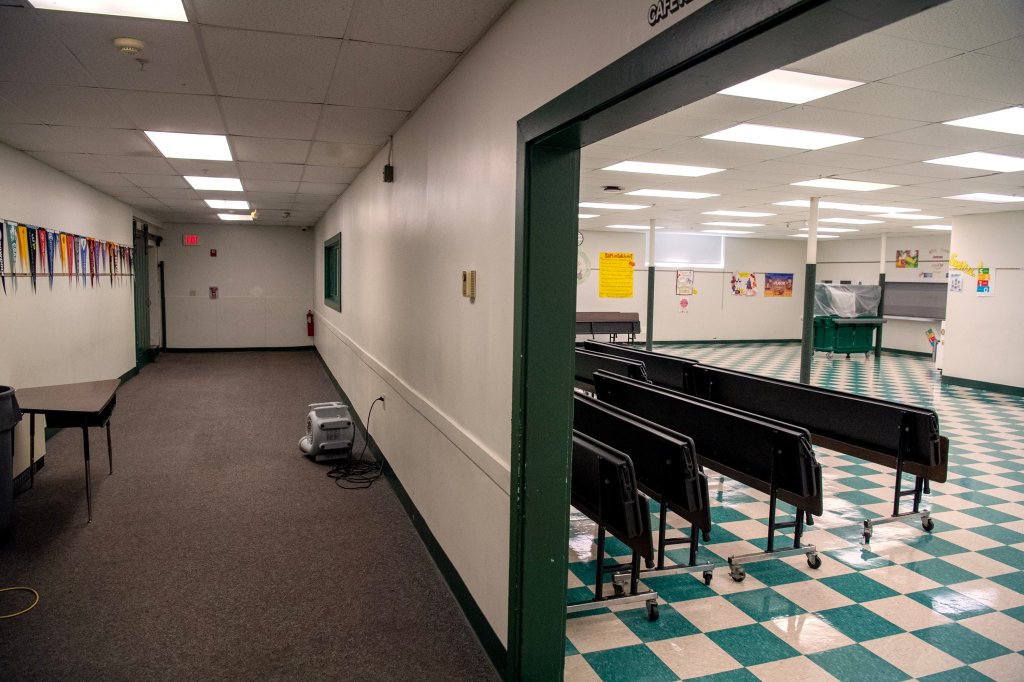
It also includes two solutions that Brown, the facilities director, singled out: putting more stable funding behind the revolving renovation fund — a separate program that provides no-interest loans for smaller renovation projects, like HVAC replacements — and offering incentives for school consolidation.
Because of Maine’s rural nature and fierce reputation for protecting local control, the state has more schools serving fewer students than most. It ranks eighth for fewest students per school and has 3.4 schools per 1,000 students, compared with 2.0 schools nationally, according to the commission’s report.
On top of that, the number of students has decreased steadily for two decades, dropping 20% since 2001, and is projected to continue declining because families are having fewer children.
That means state leaders are turning to school consolidation as a solution to both construction and enrollment woes, although Brown described it as an “elephant” in the conversation.
Consolidation is often unpopular with families because they lose close neighborhood schools, especially in rural districts. The governor’s commission, however, suggests it could be a win-win, writing that consolidated facilities may provide improved services that make up for the value of smaller local schools.
In Vermont, which is facing many of the same enrollment and facilities challenges as Maine, a 2024 report commissioned by the state Legislature recommended providing bonuses for projects that involve consolidation, what it called a “newer and fewer” approach.
That type of work is underway here, too.
In the last state funding cycle, Skowhegan-based Regional School Unit 54 submitted five schools for state funding. North Elementary was ranked second and ultimately approved, but the state took the opportunity to build one $75 million consolidated school in Skowhegan that replaced three different elementary buildings.
SAD 6 is using that same approach in this cycle. The district submitted seven of its eight schools — its George E. Jack School ranked fourth, and three other projects ended up in the top 50.
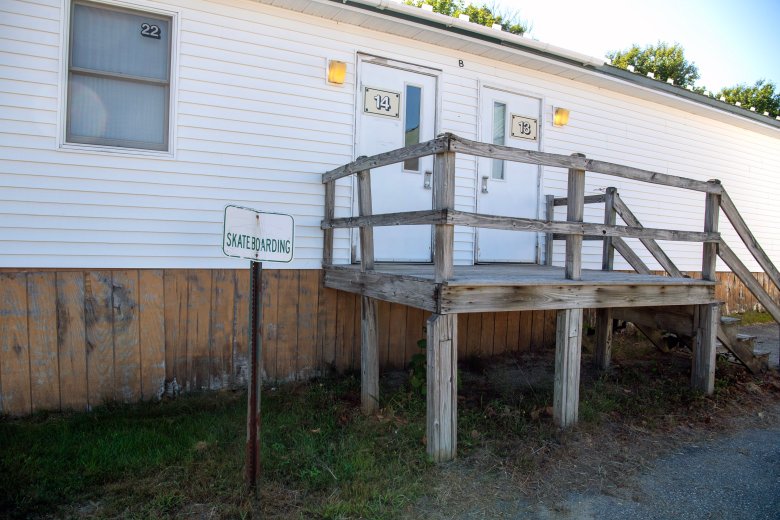
“The state is not interested in funding the replacement of small schools, so they’re going to expect some level of consolidation,” said Gleason, the superintendent. “We hope that whatever gets approved, that we will consolidate and get to improve several of our schools, not just this one.”
Gleason said the district has looked at a couple of plans, like combining five of the six elementary schools, but how it move forward will depend on what the public wants. He said the idea of consolidating schools gets a very mixed reception.
“People like their local elementary school. And I understand,” he said. “But we’re never going to finish this high on a list again, and this whole process is likely to change the next time, so this might be our only shot.”
Do you want to tell the Press Herald about a school infrastructure problem in your community? Fill out this form to let us know what those issues are and why we should look into them.


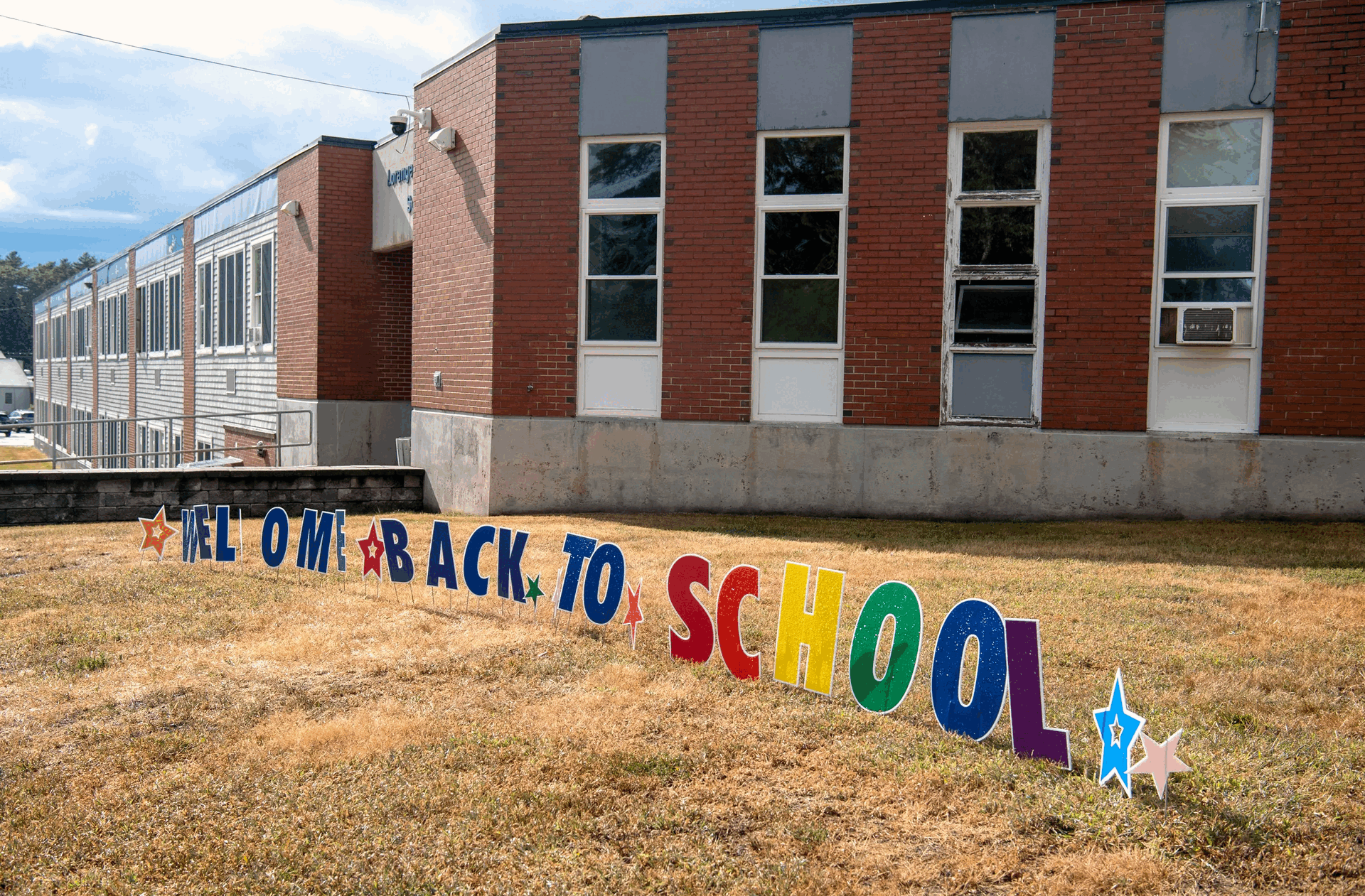
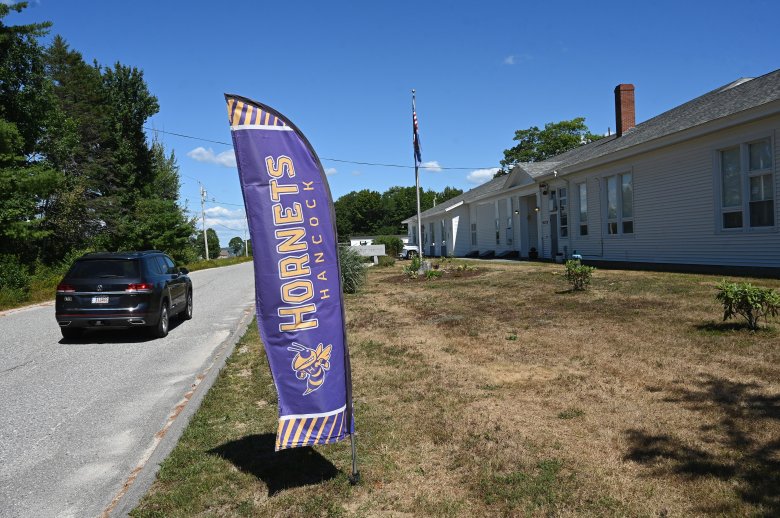
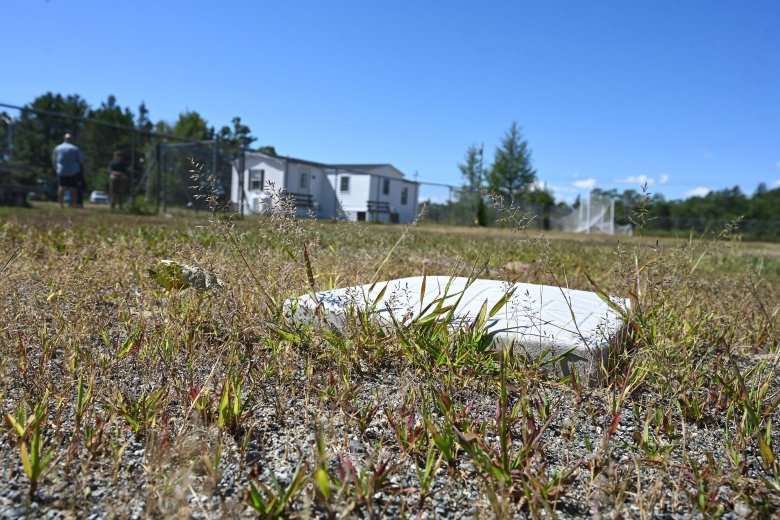
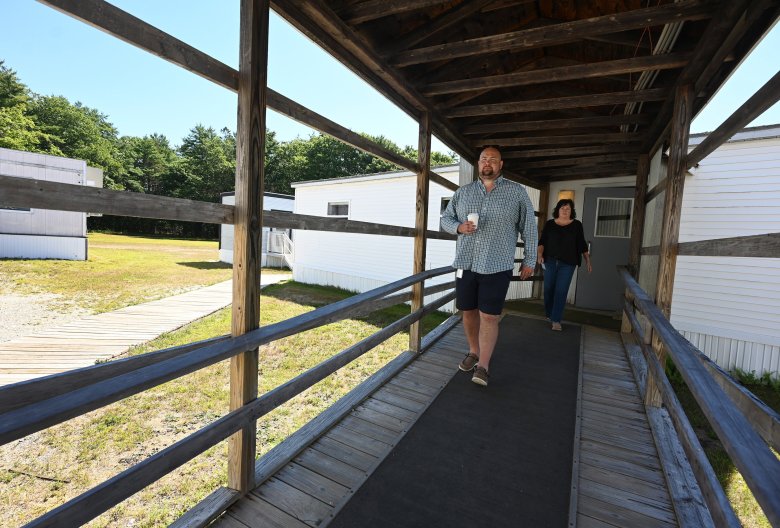
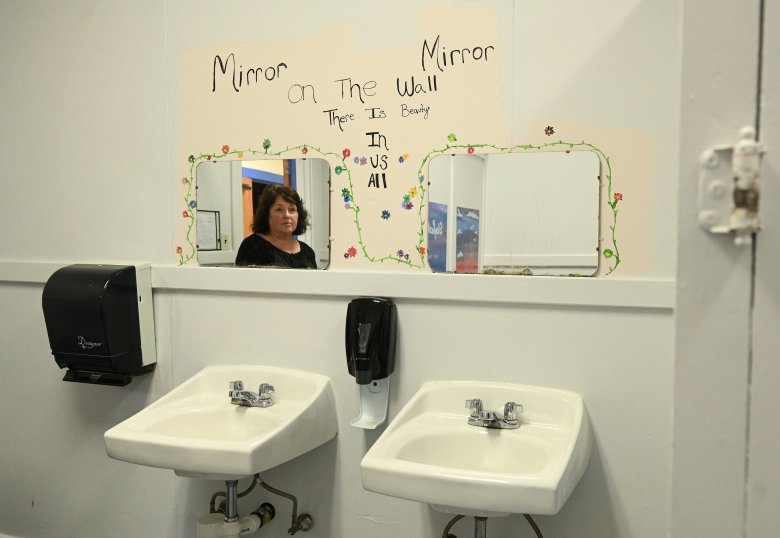
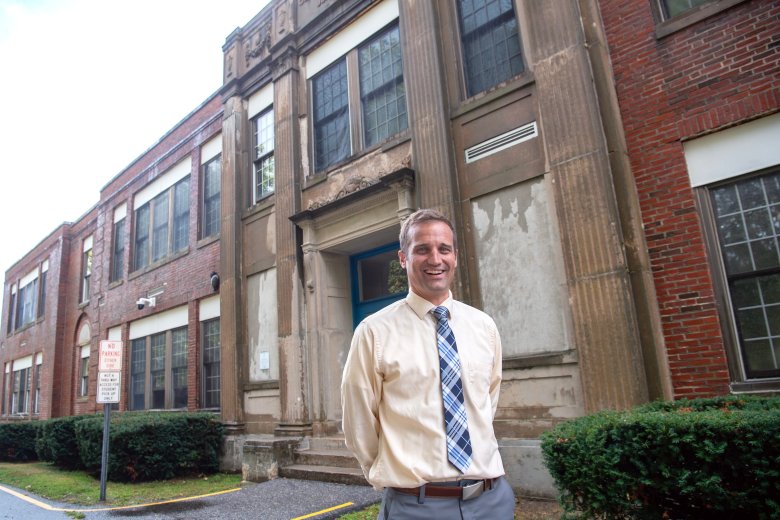

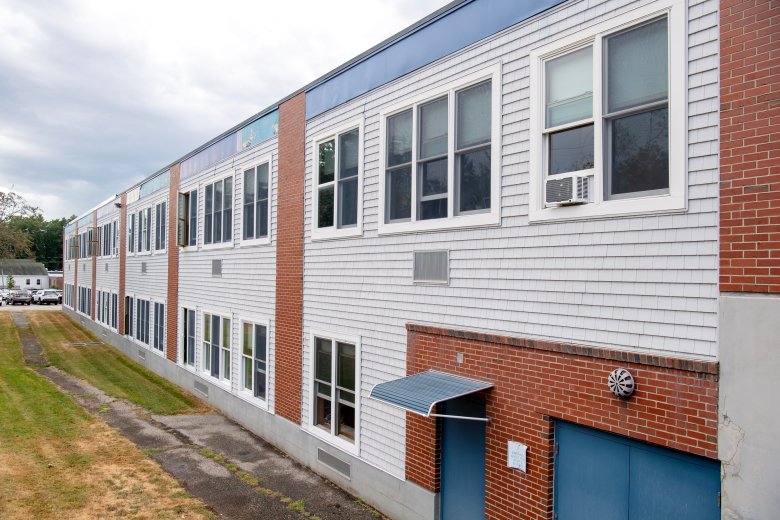
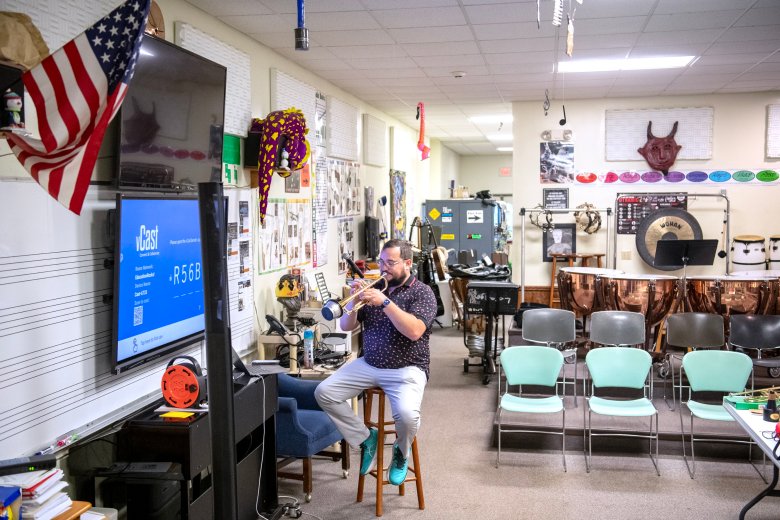
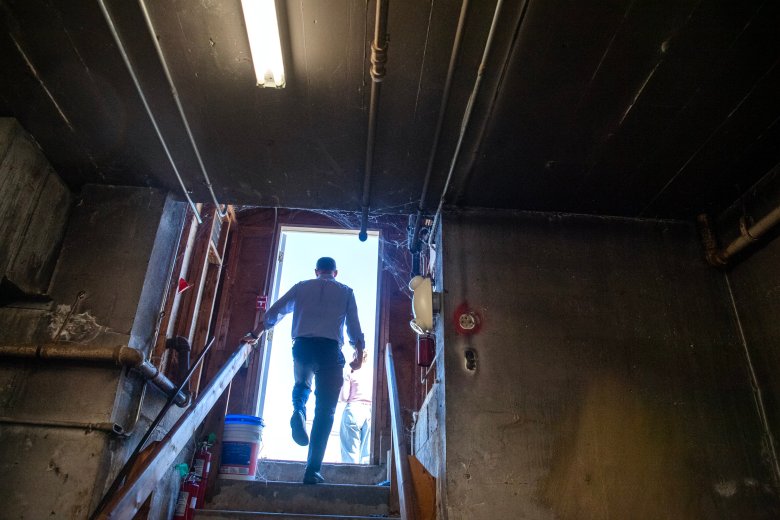
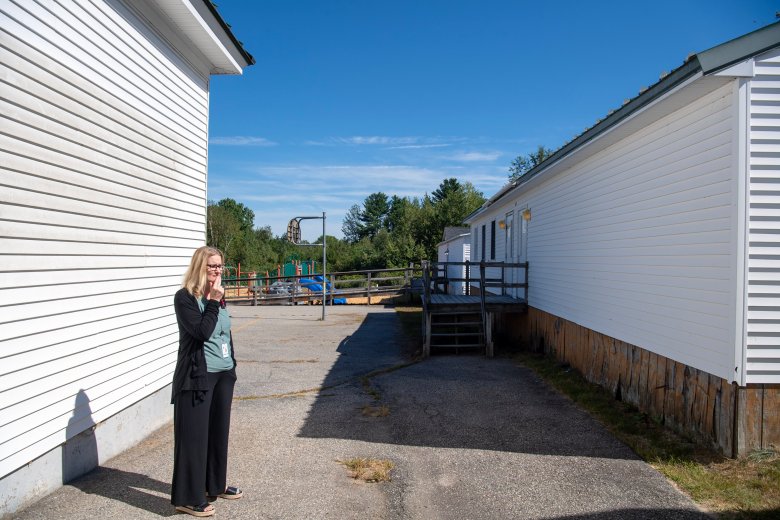
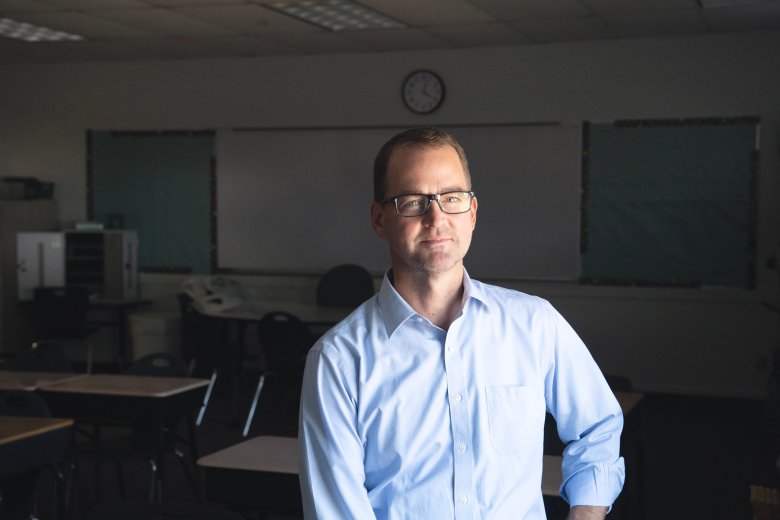
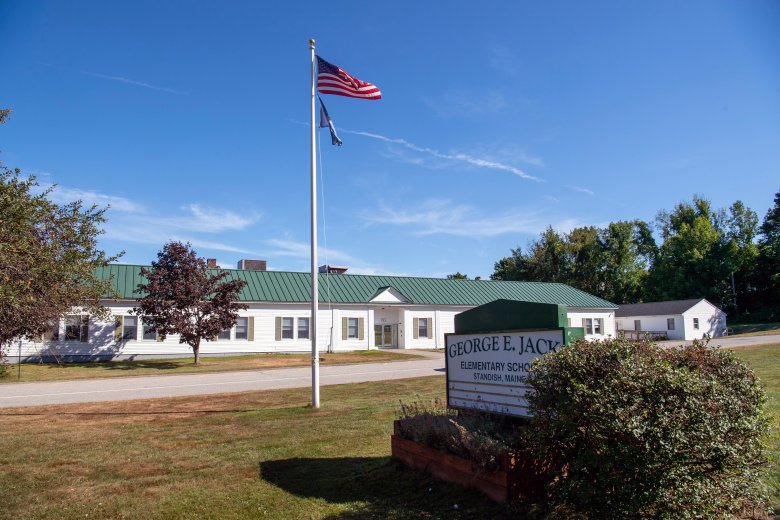
We invite you to add your comments. We encourage a thoughtful exchange of ideas and information on this website. By joining the conversation, you are agreeing to our commenting policy and terms of use. More information is found on our FAQs. You can modify your screen name here.
Comments are managed by our staff during regular business hours Monday through Friday as well as limited hours on Saturday and Sunday. Comments held for moderation outside of those hours may take longer to approve.
Join the Conversation
Please sign into your CentralMaine.com account to participate in conversations below. If you do not have an account, you can register or subscribe. Questions? Please see our FAQs.